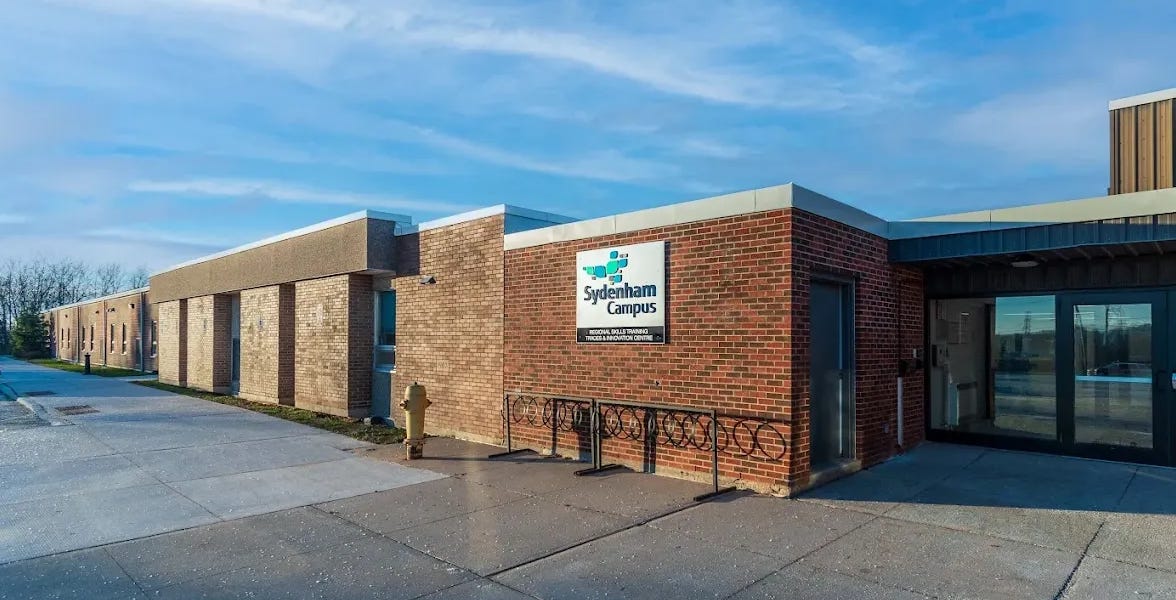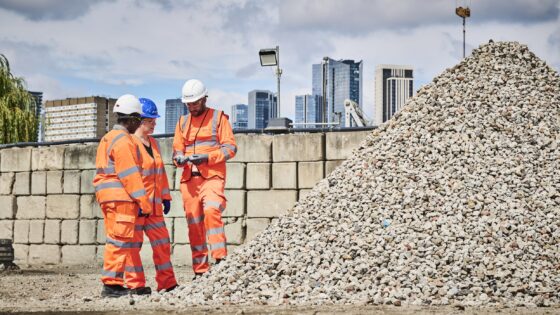In February 2019, Sierra Leone welcomed Jane Goodall for a three-day visit that would come to be remembered as the “birthday of tourism” in the country. The visit was marked by two landmark announcements: the declaration of the Western Chimpanzee as Sierra Leone’s national animal and the introduction of a more open visa-on-arrival policy. Both symbolized a new era, one in which Sierra Leone would embrace its natural and cultural heritage as a cornerstone of development.
A Sector Full of Potential
With its pristine beaches, vibrant culture, and incredible wildlife, Sierra Leone has all the ingredients for a thriving tourism industry—one that can create jobs, attract visitors from around the world, and drive economic growth. The country is beginning to tap into this potential, with support from the World Bank’s Sierra Leone Economic Diversification Project (SLEDP) and new insights from a recent tourism value chain study pointing the way forward.
Since 2019, the Government of Sierra Leone, through SLEDP, has prioritized tourism as a critical sector for economic diversification. The country has been rebranded with the slogan, “Explore Freedom” and upgraded key sites like the Leicester Peak Viewing Platform, Bureh Beach Surf Club and developed a state of the art Conservation Innovation Center at the Tacugama Chimpanzee Sanctuary. Together, these milestones mark an important first chapter in redefining the country’s story. They are improving the visitor experience and signaling Sierra Leone’s determination to compete as an emerging destination. In 2024 Sierra Leone attracted just over 117,000 visitors and earned slightly more than US$100 million in tourism revenues, employing around 49,600 people—40 percent of them women and more than 15 percent youth. But with the right reforms and investments, arrivals could rise by nearly two-thirds to 185,000 by 2034, revenues could more than double to US$245 million, and jobs could expand to almost 79,000.
Tourism’s Broad Economic Impact
Each segment of tourism brings different strengths.
- Beach and coastal tourism is already the backbone of tourism in Sierra Leone, generating nearly half of all jobs and revenues in the sector.
- Eco and adventure tourism delivers the highest returns per job, showing strong economic value even at smaller scales.
- Business tourism has the biggest expenditure per visitor per day, reflecting its premium profile.
- Cultural and heritage tourism, though still modest, offers untapped potential. The creative economy contributes an estimated 4.5% of GDP and roughly 10% of formal employment, with “creative strongholds” in fashion and textiles, crafts, audiovisual and media, publishing, and music.
- The SLEDP project has worked hard to strengthen the entrepreneurship ecosystem for MSMEs with support to incubators, accelerators and tertiary institutions. 3,000 entrepreneurs have been trained through the program with additional training underway through a Creative Industries Pilot.
Key Challenges Remain
Despite the gains, Sierra Leone remains less competitive than its neighbors. Critical gaps to address include:
- Limited and costly transport, high visa fees, arduous airport transfers and costly transport around the country.
- Infrastructure gaps, inconsistent power, limited accommodations outside Freetown, and poor road network.
- Investment environment: a complex regulatory environment, low access to finance and poor skills holds back private sector investment.
- Environmental challenges, The Western Chimpanzee, though now protected and celebrated, is still highly endangered as habitat loss from deforestation, coastal erosion, sand mining, and plastic waste, further threatens tourism assets.
A Call to Action
Closing the gap between potential and reality means addressing these challenges head-on. Access and affordability are critical: Sierra Leone has some of the highest visa and arrival taxes in the region, it needs more flight connections, lower airfares, and better transport links to its attractions. Infrastructure upgrades, including roads, ferries, eco-lodges, would improve the visitor experience. A stronger business environment with simpler licensing and fairer tariffs would attract investors. Expanding finance can help local entrepreneurs modernize and adopt greener practices, and targeted training can raise service standards.
Sustainability must be central. Nowhere else in the world can visitors see chimpanzees up close, just minutes from the capital city. Enforcing bans on sand mining, restoring mangroves, reducing plastic waste, and promoting green certification can protect natural assets while boosting Sierra Leone’s image as an eco-friendly destination. At the same time, investing in high-potential niches such as eco-lodges, cultural festivals, artisan markets, and business tourism can deliver richer, more sustainable experiences for visitors.
Conclusion: The Time to Invest Is Now
Dr Jane Goodall told tourism and conservation stakeholders in Freetown, “What you do makes a difference, it is up to you what kind of a difference you want to make.” The choice is clear and urgent: investing now can transform the country’s natural and cultural endowments into a lasting source of opportunity and resilience.
link







More Stories
Economy Minister Dr Caoimhe Archibald supports tourism industry at world’s largest travel fair
Sri Lanka Tourism Records Nearly Two Million Tourist Arrivals in this Year, Led by India, UK, and Russia, Driving New Economic Recovery on the Island
New tourism strategies suggested to boost Thailand’s global appeal